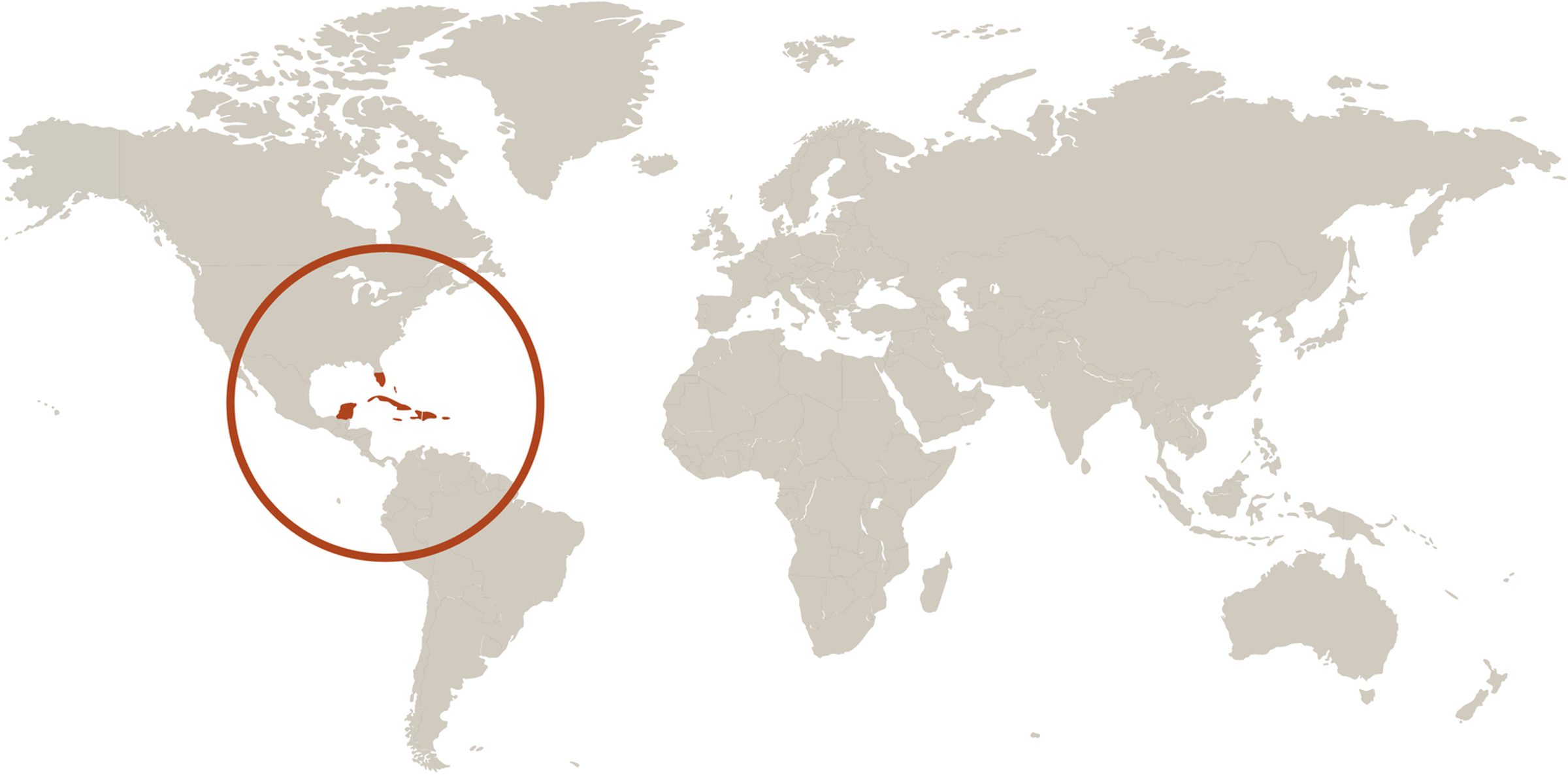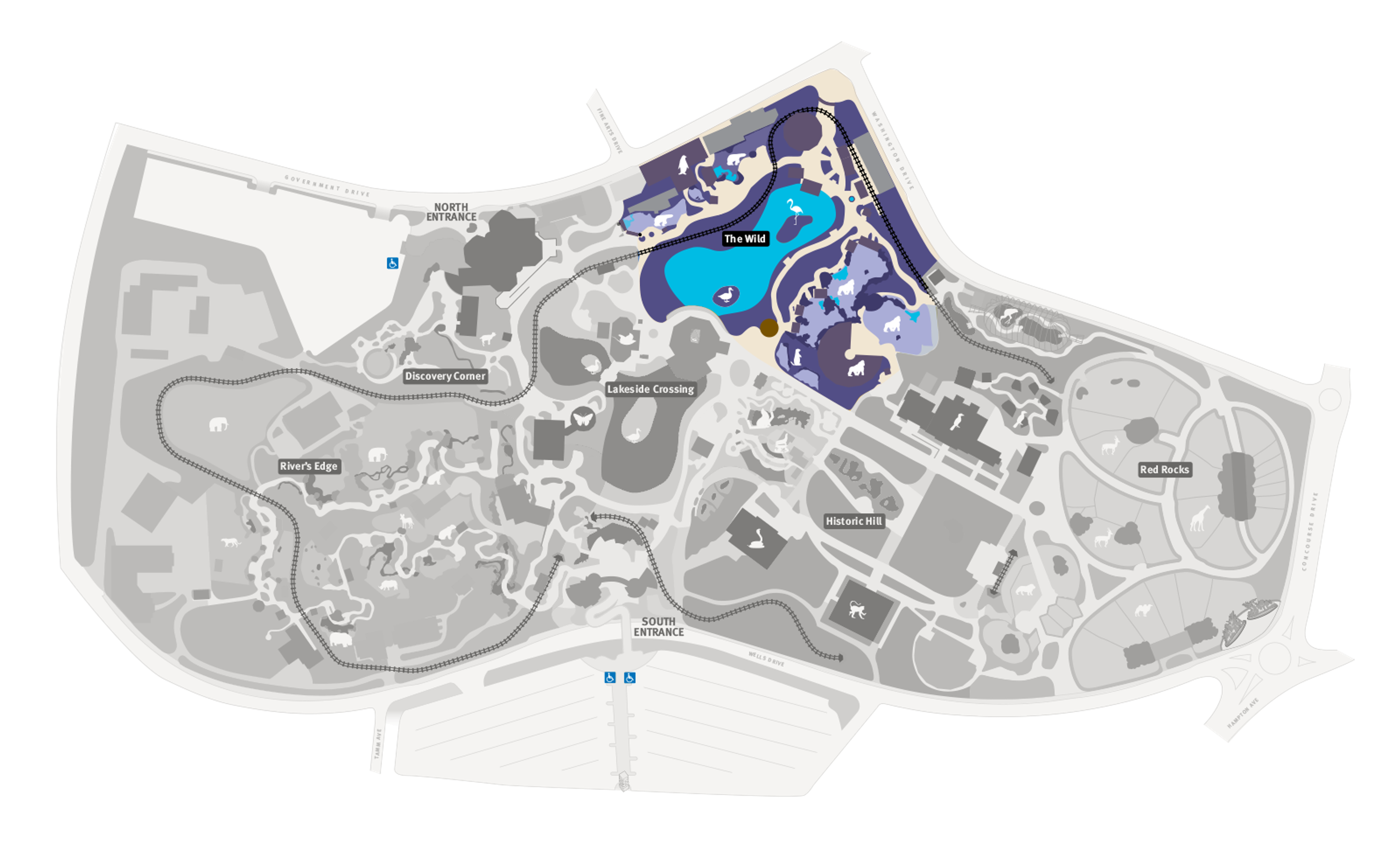
American Flamingo
Phoenicopterus ruber ruber
Did you know?
- American flamingos are a part of the Phoenicopteridae family, which they share with other flamingo species.
- Out of the six species of flamingos, the American flamingo is the most brightly colored.
- They live in shallow waters and lagoons around the Caribbean and nearby areas.
- They are the only flamingo to naturally inhabit North America.
- A female will lay one single large egg at a time.
Adaptations
Flamingos have a number of adaptations that help them survive. Their elongated body, neck and legs allow them to wade into much deeper water than most shore birds, thereby expanding their food choices. Their webbed feet help them stir up mud when hunting, and their tongues have a unique pumping action that helps them capture prey. Their upper and lower jaws have ridged edges that serve as a filter, straining out water and mud at the sides of the bill. This allows them to swallow prey while keeping mud and debris out of their mouths.
Social Structure
Flamingos are social birds. They live in large groups, sometimes up to tens of thousands of individuals. A colony of flamingos does everything together. Within a colony, flamingos breed in pairs, usually all at about the same time. Scientists think flamingos need a "critical mass" of birds to initiate breeding and that smaller flocks tend not to breed as well as larger ones. Pair bonds are not strong, and pairs may change from one season to the next. Both males and females help build nests and raise their young.
Threat Level
- Unknown
- Common
- Near Threatened
- Threatened
- Endangered
- Critically Endangered
- Extinct in the Wild
Common
The American Flamingo is widespread and abundant.
Range
Bahamas, West Indies, Mexican Yucatan, northern South America, Galapagos Islands; occasionally coastal United States from the Carolinas to Texas
Habitat
Shallow coastal lagoons, salt lakes and mudflats

We care about American flamingos
American flamingos can be found at the lake in The Wild, but move to their off-display indoor home in the winter. Learn more about how we are helping wildlife around the world.
Find this animal in The Wild

SAINT LOUIS ZOO ZONE
The Wild
You’ll find penguins, puffins, grizzly bears, gorillas, chimpanzees, to name a few. And while visiting, you can take a ride on the Conservation Carousel or hop aboard and ride the Zooline Railroad. There are also gift shops and eateries you can enjoy.

